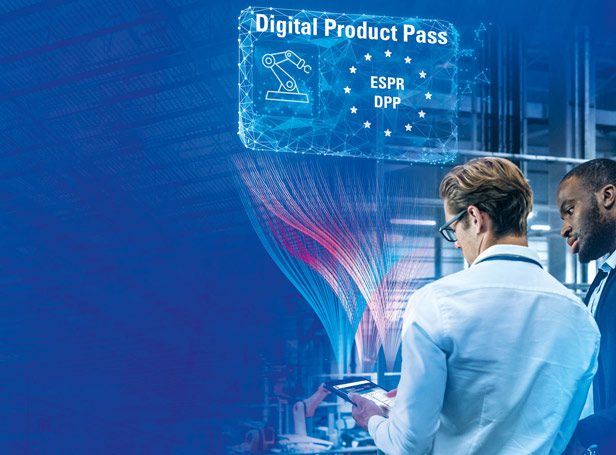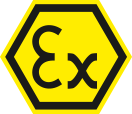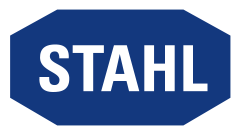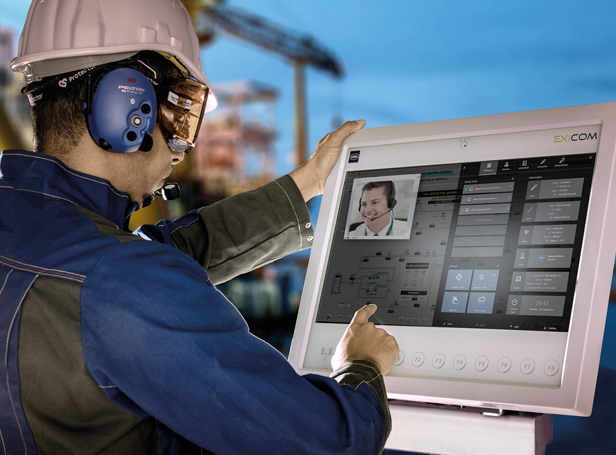Ethernet-APL has reached the point where specifications are finalized, devices are available, and the technology has proven its reliability for real-world deployment. It enables continuous Ethernet access all the way to field devices in hazardous areas – even Zone 0. Based on standardized 2-wire 10 Mbit/s Ethernet (IEEE 10BASE-T1L) with extensions for process automation, including intrinsic safety, it greatly simplifies planning, commissioning, and troubleshooting. Unified Ethernet infrastructure also allows faster, more flexible implementation of concepts like the NAMUR Open Architecture (NOA).
From Specification to Practice
After extensive collaboration, the technology is now maintained by FieldComm Group, ODVA, OPC Foundation, and PROFIBUS + PROFINET International. To accelerate adoption in the process industries, a NAMUR Working Group – supported by ZVEI member companies – promotes the integration of Ethernet-APL into new and existing plant designs. Every end user is welcome to join their activities.
Field Switches: The Key Component
Ethernet-APL networks require field switches to connect devices and distribute data and power. These switches work like standard Ethernet switches but additionally provide intrinsically safe auxiliary power via 10 Mbit/s spurs limited to 200 meters each – and they are certified for installation in Zone 1 and 2. Installation is even less complex than with traditional fieldbus systems.
Ports are classified to simplify selection and safety verification (IEC TS 63444):
- Type A (0.54 W, “ia”) for Zone 0/1 devices
- Type B (1.17 W, “ia”) for Zone 0/1 devices (draft)
- Type C (1.11 W, “ic”) for Zone 2 devices
The WISE way to use Intrinsic Safety
Because Ethernet-APL relies on point-to-point connections, verifying intrinsically safe interconnections is far simpler than in conventional installations. Based on IEC 60079-11, -25 and the new “2-WISE” concept (IEC TS 60079-47 “2-Wire Intrinsically Safe Ethernet”), device manufacturers can obtain ATEX and IECEx certification for their products.
For users, this means that combining only 2-WISE-certified devices with matching port protection types (ia, ib, ic) results in a verified intrinsically safe system without lengthy calculations or cable dimensioning. A simple overview table in the explosion protection documentation is often sufficient.
Network Topologies: Star or Trunk-and-Spur
Ethernet-APL supports two main topologies:
- Star topology – Field switches are directly connected to 4-wire Ethernet (100BASE-TX). Linear or ring configurations are possible, and up to 250 field devices can typically be integrated. Fiber-optic connections allow extended distances, and switches located in Zone 1 are connected via “eb” certified terminals. Field switches are powered separately, which makes network design simple and independent of the number of devices.
- Trunk-and-Spur – A familiar approach from fieldbus technology. A power switch feeds a 2-wire trunk that supplies both field switches and devices. Each trunk segment can reach up to 1,000 meters, but voltage drops limit the number of powered devices to about 50–60. This design is a trade-off between reach and device density and requires careful network engineering in widely distributed plants.
An additional advantage is that existing Type A fieldbus cables (IEC 61158-2) can often be reused. They already meet Ethernet-APL requirements for shielding, cross-section, and 2-WISE intrinsic safety – only a check of 10 Mbit/s capability is required. Lower-grade alternatives are also possible if validated by the Engineering Guide.
Conclusion
Ethernet-APL simplifies planning, installation, and intrinsic safety verification, while opening new opportunities for process-plant digitalisation. Field switches with integrated diagnostics enable continuous network monitoring and support flexible, future-proof architectures. Despite the technical complexity of modern process networks, Ethernet-APL ensures that implementation is easier, faster, and more efficient than ever before.
Further Reading:
These articles might also interest you







![[Translate to Englisch:] [Translate to Englisch:]](/fileadmin/user_upload/mitarbeiter/01_DE/07_Blog/00_Allgemein/blog-explosionsschutz-rstahl-startseite-279x205.jpg)
![[Translate to Englisch:] [Translate to Englisch:]](/fileadmin/user_upload/mitarbeiter/01_DE/07_Blog/00_Allgemein/blog-explosionsschutz-rstahl-ueber-den-blog-279x205.jpg)
![[Translate to Englisch:] [Translate to Englisch:]](/fileadmin/user_upload/mitarbeiter/01_DE/07_Blog/00_Allgemein/blog-explosionsschutz-rstahl-autoren-279x205.jpg)
![[Translate to Englisch:] [Translate to Englisch:]](/fileadmin/user_upload/mitarbeiter/01_DE/07_Blog/00_Allgemein/blog-explosionsschutz-rstahl-newsletter-expert-mail-279x205.jpg)
Write new comment